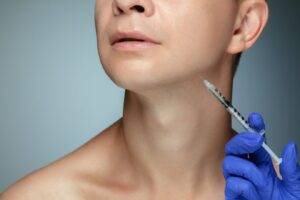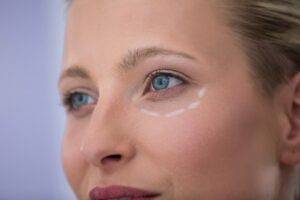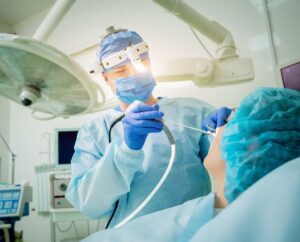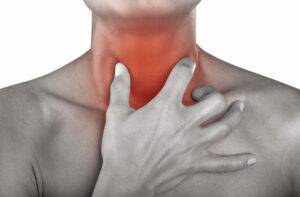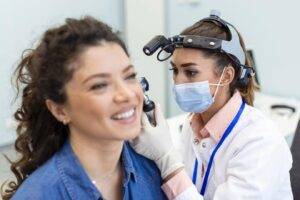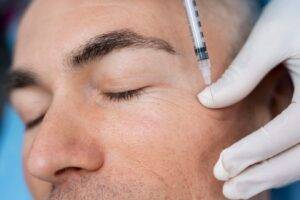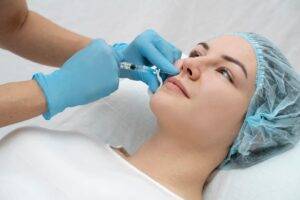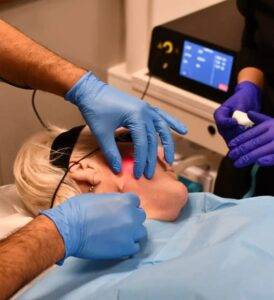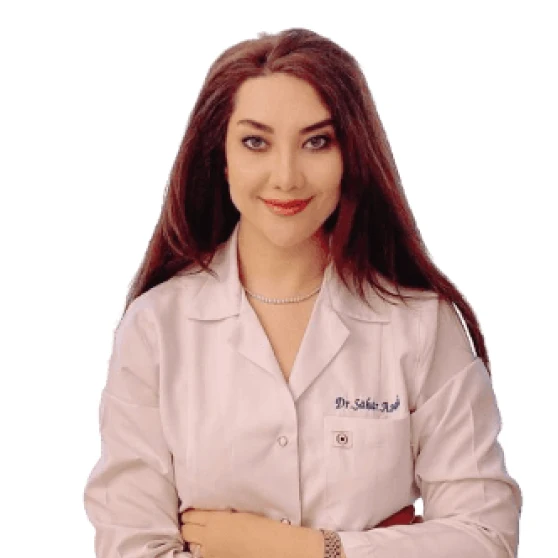Book an appointment
What are Uterine Fibroids?
Uterine fibroids are non-cancerous growths of the uterus that often appear during childbearing years. They are also known as leiomyomas or myomas. These growths can vary in size and number, ranging from undetectable to the naked eye to large masses that can distort and enlarge the uterus. While some women with fibroids experience no symptoms at all, others may suffer from a range of symptoms including:
- Heavy menstrual bleeding
- Prolonged menstrual periods
- Pelvic pressure or pain
- Frequent urination
- Difficulty emptying the bladder
- Constipation
- Backache or leg pains


What are the causes and symptoms of Uterine Fibroids?
Uterine fibroids, while benign, are influenced by several factors, though their exact causes are not definitively understood. Here are some of the potential causes and contributing factors:
Causes and Contributing Factors:
- Hormonal Influence: Estrogen and progesterone, the hormones that stimulate the development of the uterine lining during each menstrual cycle in preparation for pregnancy, appear to promote the growth of fibroids. Fibroids contain more estrogen and progesterone receptors than normal uterine muscle cells do. Fibroids tend to shrink after menopause due to a decrease in hormone production.
- Genetic Changes: Many fibroids contain changes in genes that differ from those in normal uterine muscle cells.
- Other Growth Factors: Substances that help the body maintain tissues, such as insulin-like growth factor, may affect fibroid growth.
- Extracellular Matrix (ECM): ECM is the material that makes cells stick together, more prevalent in fibroids than in normal uterine muscle tissue. It can make fibroids fibrous. ECM also stores growth factors and causes biological changes in the cells themselves.
- Family History: Having a family member with fibroids increases your risk. If a woman’s mother had fibroids, her risk of having them is about three times higher than average.
- Ethnic Origin: African-American women are more likely to develop fibroids than white women.
- Other Factors: Early menstruation, lifestyle factors such as diet (high red meat consumption, low green vegetable consumption), alcohol use (especially beer), vitamin D deficiency, and obesity have been suggested as more likely to develop fibroids.
Symptoms
The symptoms of fibroids can vary depending on their size, location within the uterus, and how many are present. Common symptoms include:
- Heavy Menstrual Bleeding: One of the most common symptoms, which can lead to anemia and fatigue.
- Menstrual Periods Lasting More Than a Week: Extended menstrual bleeding can be uncomfortable and inconvenient.
- Pelvic Pressure or Pain: As fibroids grow larger, they can cause a feeling of fullness or pressure in the pelvic area.
- Frequent Urination: Large fibroids can press on the bladder, reducing its capacity and leading to frequent urination.
- Difficulty Emptying the Bladder: In some cases, fibroids can block the flow of urine out of the bladder.
- Constipation: Fibroids pressing against the rectum can cause constipation.
- Backache or Leg Pains: Fibroids can press on spinal nerves, causing backache, or on blood vessels, affecting circulation to the legs.
Why Choose Newsense Clinic for Uterine Fibroids Treatment?
Choosing the right clinic for your treatment is crucial. At Newsense Clinic in Dubai, we are committed to leveraging cutting-edge technology alongside our expert medical team to ensure you receive the most effective treatment. Our specialists are renowned for their deep expertise and compassionate approach to patient care.
We understand that dealing with uterine fibroids is a deeply personal and often distressing experience. That’s why we prioritize a patient-centered approach, offering customized treatment plans that align with your specific health needs and lifestyle. Our clinic is equipped with the latest medical technology, ensuring every procedure is performed with utmost precision and care.
Don’t let uterine fibroids disrupt your life any longer. Contact Newsense Clinic today to book a consultation with one of our specialists. We are here to provide you with the highest standard of care and the best possible outcomes. Call us or visit our website to take your first step towards a healthier future.
